If you’re anything like us, decaffeinated coffee is usually reserved for when it’s after 4 pm and you still need a little something to get through the day. But how is decaf coffee made? Besides clicking “order” on your Starbucks mobile app?
Maybe a fairy sprinkles pixie dust on the beans and they lose their magic powers? Or it’s a Willy Wonka situation, where orange men remove the caffeine out of each bean one by one?
The reality is less exciting. There are actually four ways to make decaf coffee, each with distinct pros and cons, and we’re going to break them down. It’s about to get real science-y, like a Bill Nye episode. Except with more reading. Pros and cons.
How Is Decaf Coffee Made?
The first thing to know is that all decaffeination processes happen when the coffee is still green. That’s right, your coffee could be considered one of those “greens” your doctor is always going on about, because that’s the bean’s color before it’s been roasted.
It’s all about getting those little caffeine molecules out of the beans while leaving behind the flavorful goodness. Some processes are better at that than others, but they all make a valiant attempt.
There are two methods: solvent-based and non-solvent based, and two processes under each.
A Brief History of Decaf Coffee
We know you’re on a decaf journey, so we’ll keep this part brief if your attention has been waning. Journey with us all the way back to 1903, when Starbucks and Dunkin’ were fever dreams. :shudder:
German coffee maker Ludwig Roselius wanted to drink coffee all day and still sleep through the night, so he headed to the lab to see if he could create a beverage that allowed him to do so.
He ended up coining the “Roselius method” of decaffeinating coffee, which included steaming the beans in salt water and then treating them with a benzene solvent to extract the caffeine.
Though benzene was used in many products at the time, we eventually discovered that it’s carcinogenic (whoops), so we had to stop using that. We do still use chemical solvents today, though much less harmful ones. Remember that “chemical” does not equal bad – water is a chemical, and we need it to live. Kind of like coffee.
Is Decaf Coffee Bad For You?
Short answer: no. Long, scientific answer: six solvents have been used over the years to decaffeinate coffee: benzene, trichloroethylene (TCH), dichloromethane, chloroform, methylene chloride, and ethyl acetate. If you can read two of those aloud correctly, we’ll give you a cookie.
The first four have been proven to be harmful in the levels needed to decaffeinate coffee, so today methylene chloride and ethyl acetate are the most commonly used solvents.
Methylene chloride is approved for this use by the FDA, and most of the chemical is burned off in the heating process. Very little ends up in the beans, since it vaporizes at 109 degrees Fahrenheit.
Still, ethyl acetate is generally considered safer because it is occurs naturally. In fact, it’s responsible for the sweet smell of that ripe fruit you forgot to put in your smoothie. Ethyl be like, “Eat your dang produce!”
Bottom line is that only trace amounts of any solvent may be found in your coffee beans. So, please enjoy your coffee in peace, no matter what your crunchy cousin tells you. If you’re really worried about it, though, buy decaf coffee beans that are certified organic. Organic decaf coffee uses the Swiss water method instead of a solvent.
The Four Main Methods to Make Decaf Coffee
1. Indirect-Solvent Process
In the indirect solvent process, the solvent never touches the beans directly. Good thing we paid attention in our vocabulary lessons.
After soaking green coffee beans in boiling water for several hours, the caffeine and flavor compounds dissolve into the water. Think of this like pre-coffee coffee. The producer then removes the beans, and mixes the water with the solvent (usually methylene chloride), which absorbs the caffeine and not the flavors.
They then separate the water and solvent, and then add the beans back in to reabsorb some of those good coffee flavors, before the beans are dried and roasted. How someone figured this all out we’ll never understand, but then again, we went to journalism school.
2. Direct-Solvent Process
Ethyl acetate is most commonly used in the direct solvent process, so it’s sometimes called “natural decaf.”
The green beans (not the kind you shuffle around your plate at Thanksgiving) are steamed for about 30 minutes. Then, they’re rinsed repeatedly with the solvent to wash away the caffeine.
After that, they’re dried, roasted, and delivered to our waiting arms. Only after 4 p.m. though. Don’t you dare show up for the morning shift.
3. Water Processed (Swiss Water Process)
The Swiss Water process uses water, osmosis, and carbon filtration to get out that pesky caffeine.
It start the same way, by boiling green coffee beans in water to extract caffeine and flavor. Those beans are then discarded, and the now flavor-rich water is passed through a carbon filter that removes only the large caffeine molecules. That “green coffee extract” is then used to wash and filter the next batch of beans, and the cycle continues.
This is the primary method used for decaffeinating organic coffee beans, so if there’s an organic sticker on your favorite blend, you’ve probably got Swiss Water-processed beans.
4. Carbon Dioxide Process
Things are about to get extra mad scientist. Goggles on? You can leave the hard hat behind. Oh, whatever, let’s just go.
After soaking green coffee beans in water, they’re exposed to supercritical carbon dioxide (CO2 in its fluid state) at high pressure and temperature. The carbon dioxide acts like a gas and liquid, and is able to get into tiny crevices to bind with the caffeine and dissolve it. Then the caffeinated CO2 evaporates, and the beans are processed.
What’s the Best Method to Make Decaf Coffee?
We’ll leave it up to you to decide, but the non-solvent based decaffeination processes are technically superior for a number of reasons. For one, they don’t involve any solvents or potentially harmful chemicals. Perhaps more importantly for true coffee snobs, these methods preserve more of the coffee’s flavor.
However, unless you’re producing coffee for a coffee chain and have bulk pricing on your side, solvent-based methods are much cheaper. Most coffee you’ll see at the grocery store is produced using a solvent-based decaffeination process. Unless it’s organic.
Stumptown Coffee, for example, uses the Swiss water process to make their decaf coffee. As Erin Reed, the Director of Marketing at Swiss Water told us, “We are honored and proud that iconic, quality-obsessed coffee roasters like Stumptown, Philz, Tim Hortons and Peet’s—to name a few—have made the Swiss Water Process their decaffeination method of choice.
Every day, more coffee companies tune in to the growing demand for better-tasting decaf produced without added chemicals. We’re happy to lend our expertise as the world’s only exclusively chemical-free decaffeinator to fuel this movement.”
Starbucks does not openly share their decaffeination methods, though they did discontinue an explicitly Swiss Water-processed decaf coffee in 2023, noting other blends were just more popular.
To boil it all down: our Salted Caramel Cold Brew with Vanilla Cold Foam will taste just as good decaf, and we can’t ask for anything more than that. Well, besides an extra cake pop.
- Lucky For You, We Found The Best Cakes For St. Patrick’s Day - February 27, 2024
- We Found The Best Alice in Wonderland Party Decorations For Your Very Important Date - February 26, 2024
- We Found the 27 Best St. Patrick’s Day Decorations for Your Home - February 19, 2024

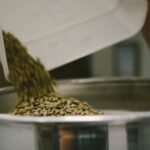

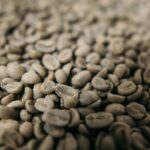


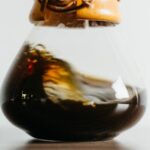


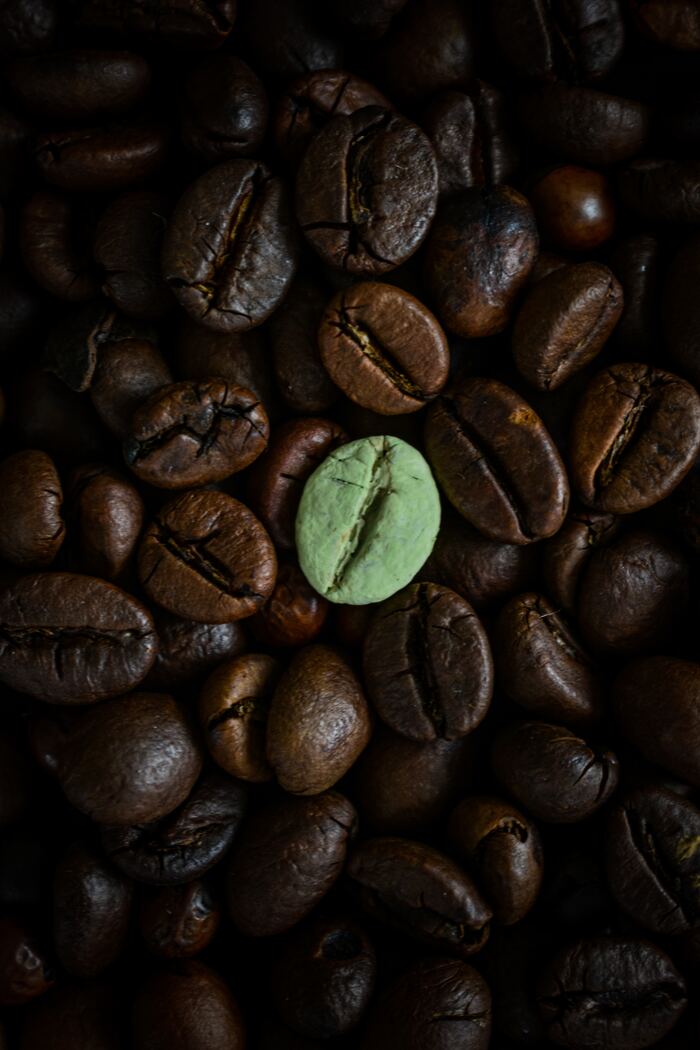
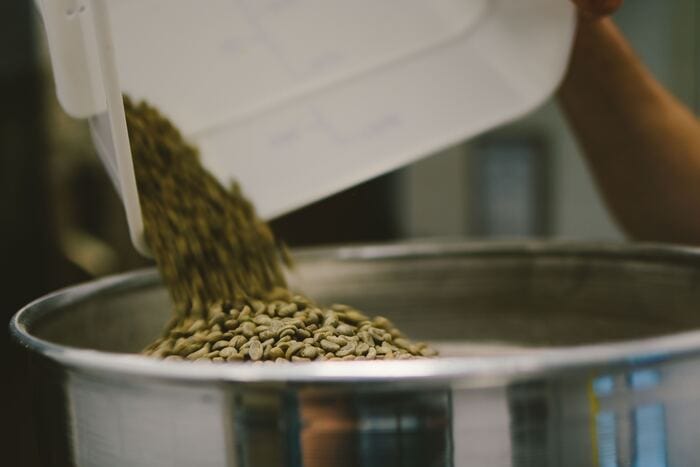
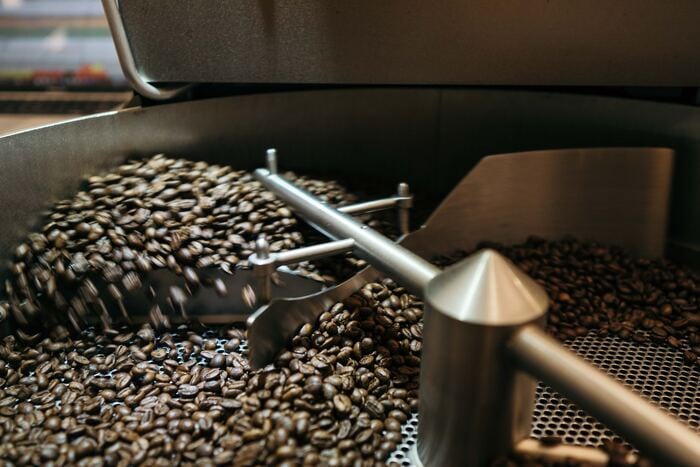
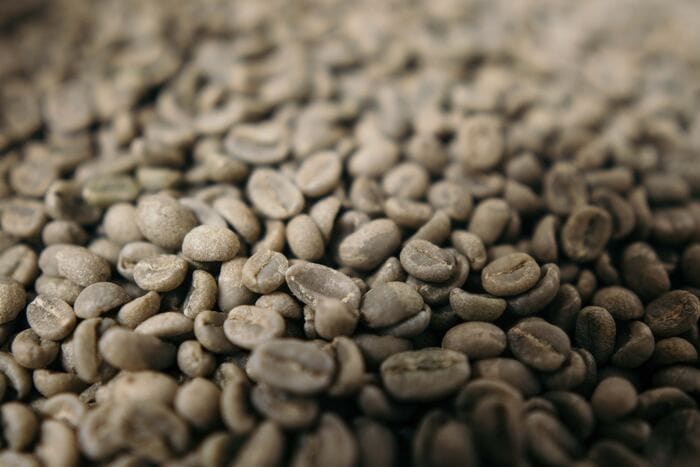
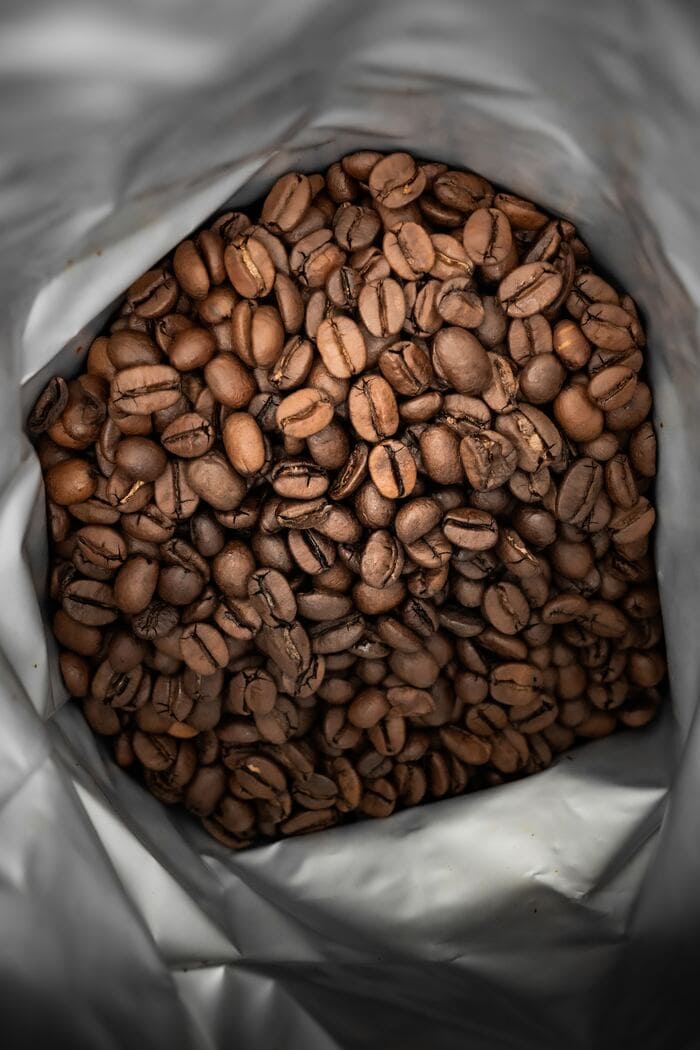
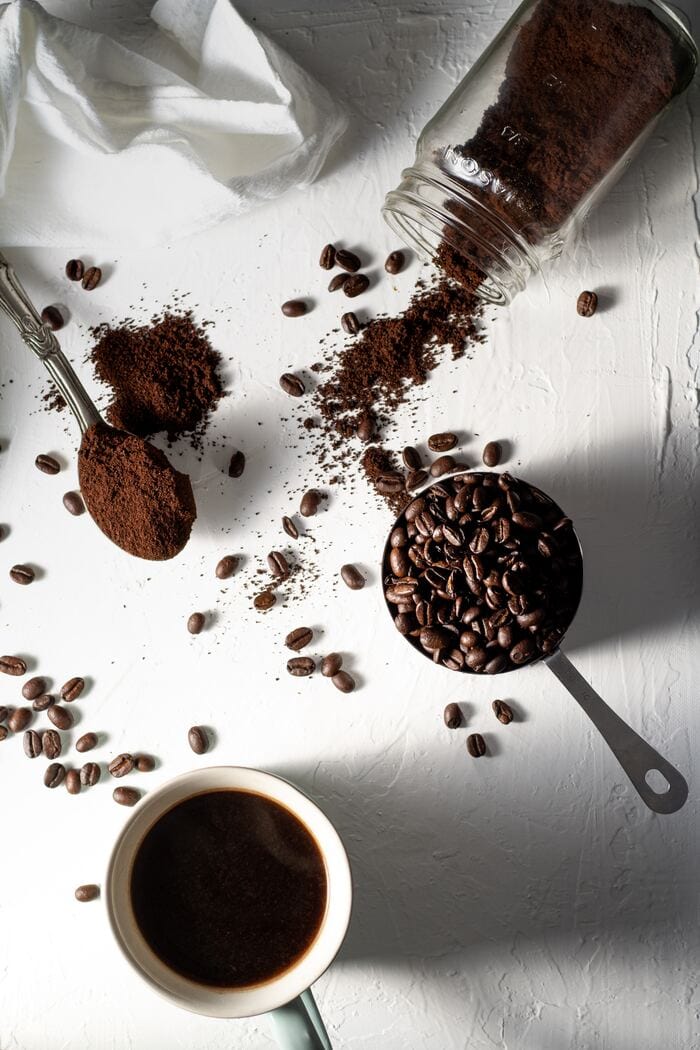
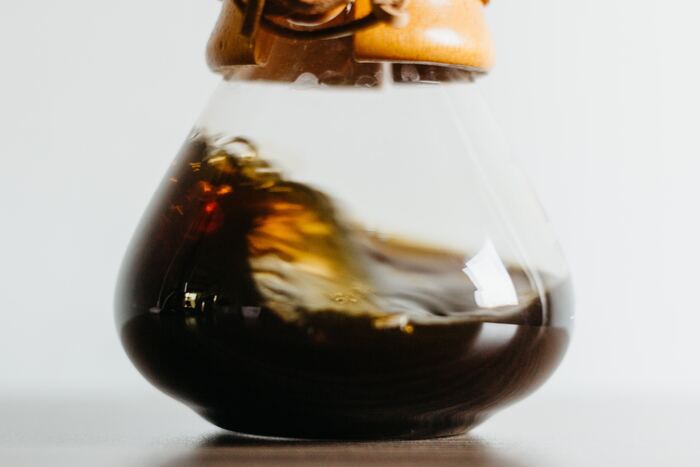





Leave a Comment